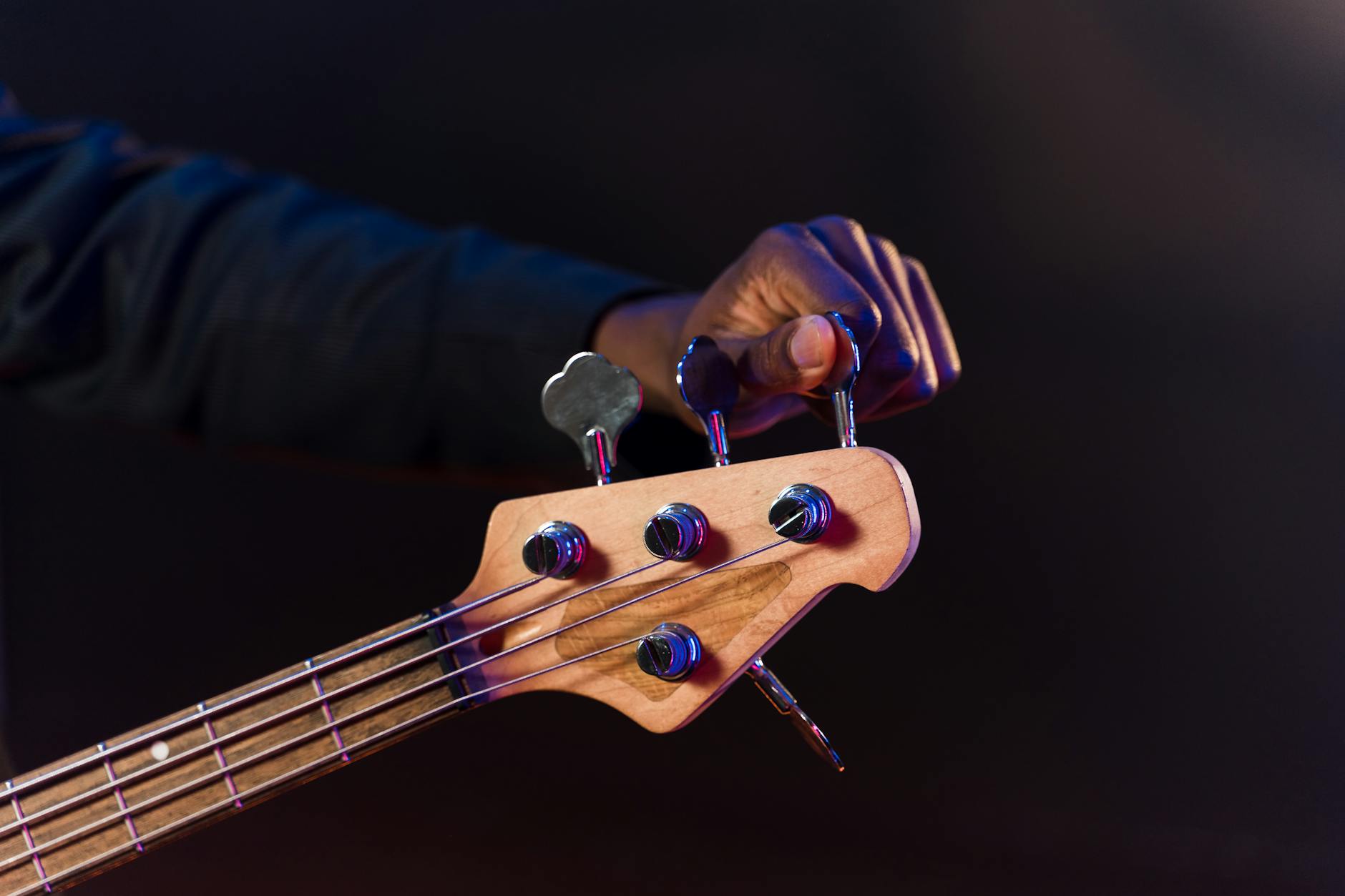Table of Contents
- Introduction
- Control Your Environment
- Invest in Quality Gear
- Maintain Your Strings
- Tune Regularly
- Final Thoughts
- Frequently Asked Questions
Introduction
Keeping your guitar in tune is a quest every musician embarks on, yet it often feels like an uphill battle. Whether you’re a budding strummer or a seasoned shredder, you’ll agree that a well-tuned guitar can make all the difference in the world. Not only does it enhance your playing experience, but it also ensures that every note you play resonates with clarity and precision. By adopting effective strategies, you can keep your guitar in tune longer, allowing your creativity to soar without interruption.
This blog post will guide you through several practical and innovative methods to maintain your guitar’s perfect pitch. From understanding your surrounding environment to investing in top-notch equipment, we’ll dive into each technique to help you achieve that beautiful harmony. Let’s get started on your journey to an eternally in-tune guitar.
Control Your Environment
The first step to keeping your guitar in tune forever begins with its surroundings. Temperature and humidity play critical roles in how your instrument behaves. Fluctuating temperatures can cause the wood to expand and contract, leading to tuning instability over time. Ideally, you want to keep your guitar in a room that’s consistently around 70 degrees Fahrenheit with a humidity level between 40% and 60%.
Consider investing in a hygrometer to monitor the conditions in your practice space. If you live in an area with drastic weather changes, a humidity control system could be a game changer. Furthermore, avoid leaving your guitar near windows or heating vents, as these can create hot spots that lead to warping. Every musician knows that a stable and nurturing environment is foundational to maintaining your prized possession’s tune.
Invest in Quality Gear
When it comes to keeping a guitar in tune, you truly get what you pay for. Quality instruments made of solid wood typically offer better tuning stability compared to their cheaper counterparts. A well-crafted guitar will often remain in tune longer, regardless of the conditions it faces. Furthermore, pay attention to hardware: high-quality tuners will hold their adjustments better over time, preventing that frustrating drift.
It’s also worth mentioning that the strings themselves matter immensely. Consider experimenting with different brands and materials like coated strings, which tend to resist wear and tear better than standard ones. Finding the right combination of instrument and accessories will not only elevate your playing but also significantly impact your guitar’s overall tuning sustainability. Remember, investing wisely in your gear is an investment in your musical journey.
Maintain Your Strings
Just like caring for your guitar’s body, maintaining your strings is crucial in keeping your instrument in tune. Regularly replacing worn out strings can greatly enhance your sound quality and, more importantly, tuning stability. Over time, strings accumulate dirt, oils, and grime, which can lead to intonation issues. Make it a habit to clean your strings after every session using a soft cloth to wipe off residue.
Additionally, consider using a string lubricant or conditioner to help minimize friction and prolong their lifespan. Not only will this keep your strings sounding fresh, but it can also reduce the frequency with which you need to tune your guitar. Developing a string care routine is essential in ensuring every note you play rings out beautifully and authentically, reinforcing your love for music.
Tune Regularly
Even with a stable environment and quality gear, regular tuning is still a must-do for every guitarist. Make it a part of your routine to check your tuning before each practice session or performance. Tuning by ear or using a reliable tuner app can help you catch those pesky tuning discrepancies early on.
Additionally, try to develop a meticulous tuning technique. Whenever possible, tune up to the desired pitch rather than down. This approach helps keep tension on the strings consistent, leading to a more stable tune. By incorporating regular tuning into your practice ritual, you’ll form a relationship with your guitar that not only enhances your performance but also symbolizes your dedication to the craft.
Embrace the Harmony
Achieving and maintaining perfect pitch is a labor of love for any serious guitarist. By controlling environmental factors, investing in quality gear, maintaining your strings, and tuning regularly, you’ll find that keeping your guitar in tune becomes a manageable journey rather than a daunting task. Embrace these habits wholeheartedly, and watch as your guitar transcends into a beautifully harmonious extension of your creativity.
The harmonious journey isn’t just about keeping your guitar in tune; it’s about cultivating joy in your musical pursuits. The satisfaction of strumming perfectly pitched chords will not only resonate in your ears but also echo through your heart and mind, endless possibilities awaiting as you create and explore.
Frequently Asked Questions
-
How often should I tune my guitar?
It’s recommended to tune your guitar before each practice session or performance. However, frequent playing may lead to spontaneous detuning, so check your tuning regularly. -
Do temperature changes really affect guitar tuning?
Yes, temperature and humidity fluctuations can cause the wooden components of your guitar to expand or contract, impacting its tuning stability. -
How can I tell when my strings need to be changed?
If you notice a dull sound, a lack of sustain, or if the strings appear visibly tarnished or corroded, it might be time to change them. -
Can I use my guitar in extreme weather conditions?
It’s best to avoid exposing your guitar to extreme temperatures or humidity levels. If you must play in such conditions, consider using a case or temperature control solution. -
What type of tuner should I use?
There are various types of tuners available, including clip-on tuners, pedal tuners, and smartphone apps. Choose one that suits your playing style and preferences.
Image Credit: Pexels
